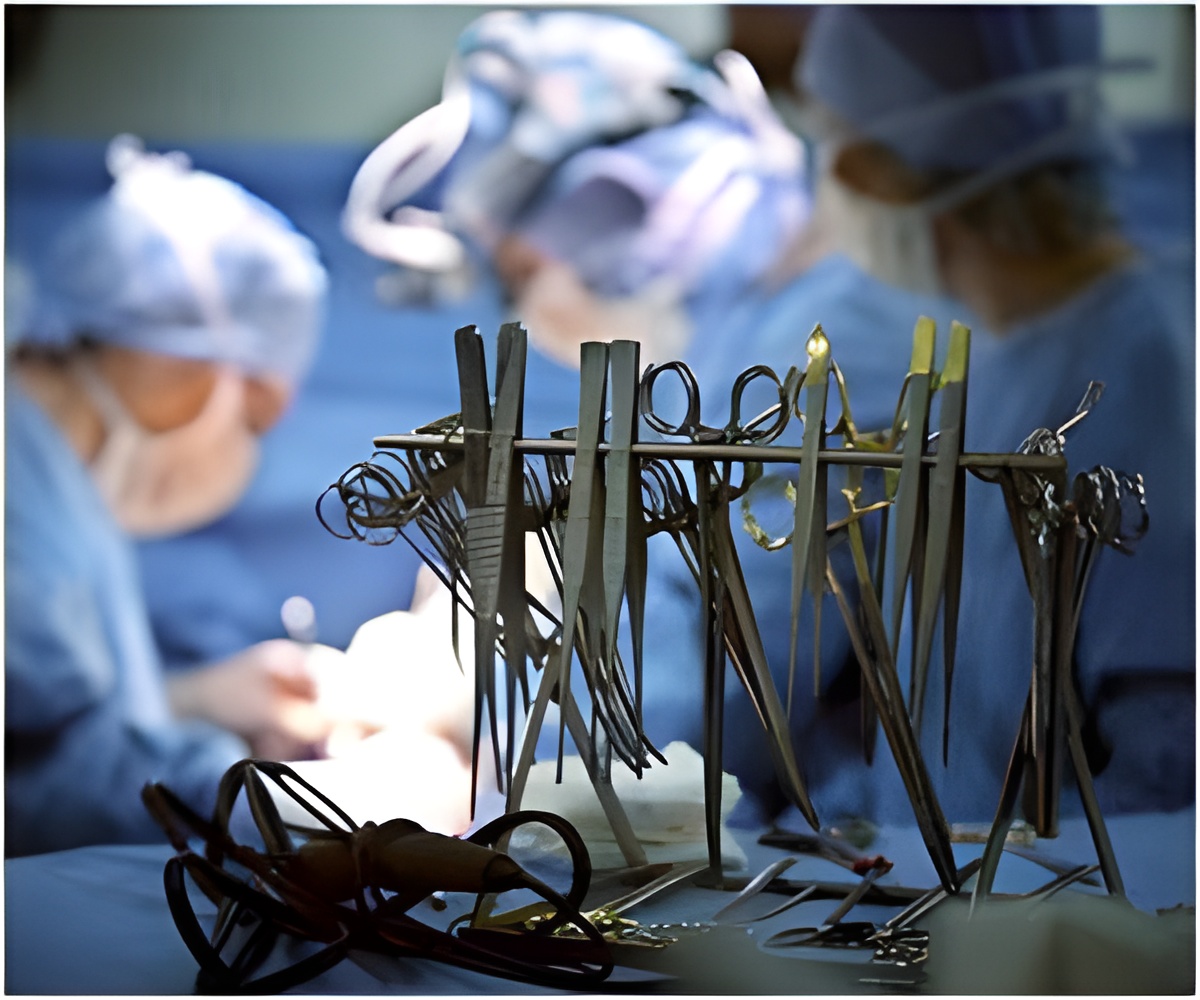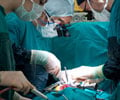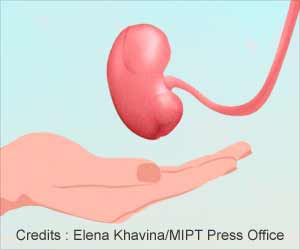Clean Cut, the checklist-based program improves compliance with pre and post operative infection prevention standards.

The Surgical Safety Checklist, created by Atul Gawande, MD, FACS, for the World Health Organization, provides the framework for Lifebox's evidence-based approach to improving surgical safety in LMICs, and for this checklist-based program called Clean Cut.
Developed by general surgery resident, Jared Forrester, MD (Stanford Health Care), and colleagues, Clean Cut is an intervention based around the use of process maps to improve compliance with perioperative infection prevention standards.
Clean Cut Improves Hygiene Standards
The research team initially implemented Clean Cut at a pilot site in Jimma, where they saw a 180 percent improvement in the use of appropriate hand hygiene prior to surgery, a 92 percent improvement in proper timing of prophylactic antibiotics, and an increase in the use of sterile indicators to confirm use of sterility of surgical instruments from 7 percent to 87 percent, among other noted improvements.
After effectively piloting Clean Cut, the research team is now at two hospitals in Addis Ababa, Ethiopia, with plans to adapt the process map for use in 10 other hospitals within the next year, at least one in each region of the country.
Advertisement
"We already know basic infection prevention practices that can reduce risk, wherever you are in the world, if you use them effectively. So for Lifebox, this research wasn't aiming to reinvent infection prevention, it was about understanding how to implement existing best practices. The goal of Clean Cut was to develop a scalable program where we could improve basic infection prevention strategies."
Advertisement
- Hand and surgical site decontamination
- Integrity of gowns, drapes, and gloves
- Instrument sterility
- Prophylactic antibiotic administration
- Surgical gauze tracking
- Checklist compliance
Two of the other standards are inherent to safe surgery, with focus on proper skin decontamination and maintenance of a sterile field through using intact and sterile gowns, drapes, and gloves. The last standard is compliance with the full checklist, which has been shown to improve communication and surgical safety.
The research team believes the program provides a model that can be successfully adapted for other low-resource settings. However, Dr. Forrester acknowledged there are certain challenges in changing a hospital's environment to successfully implement a checklist program.
He estimates that about a third of hospitals will readily try to pick up new changes, another third will need coaching and ongoing mentorship, and the final third will be more difficult to change current practices.
"Behavior change is really hard," Dr. Forrester said. "There are plenty of guidelines, but there is a gap in terms of how to actually implement them. The Clean Cut process maps can serve as a method and strategy for management and clinicians alike to be able to identify areas in their process where there is a problem, and be able to make changes around it."
The research team found that process mapping the steps involved in infection prevention and plotting solutions specific to each site results in higher compliance with antiseptic standards. "Simplifying these process maps into an adaptable tool could be a powerful means for improving safe surgery delivery in LMICs," the researchers concluded.
Source-Eurekalert









